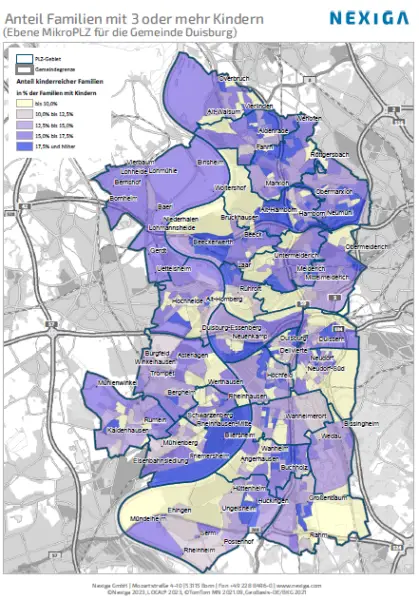Child benefit: 250 EUR from the first child
Child benefit is probably the best-known family policy benefit. At the turn of the year, it was now noticeably increased. Effective immediately, there is 250 euros from the first child. The aim is to support families that are particularly burdened by energy costs and inflation ( sociodemographic data).
This state support has now been in place for almost 70 years. Demands for financial aid for large families led to the passage of the first child benefit law in the Bundestag in the 1950s. The new law came into force in January 1955. Initially, DM 25 was paid out monthly, but only from the third child onwards. From 1961, child benefit was paid from the second child, then finally in 1975 from the first child. At that time, DM 50 was paid for the first child, DM 70 for the second, and DM 120 for each additional child. Over the years, various increases were implemented. For example, in 2002, the year the euro was introduced, 150 euros was paid for each of the first to third children, and as much as 179 euros per child from the fourth onward (data on general purchasing power).
Now there is 250 euros for each child. It costs the state around 50 billion euros a year to pay child benefit to the 10 million or so parents entitled to it for a total of 16.7 million children. Children are entitled to the money up to their 18th birthday, up to the age of 21 if the child is unemployed, and up to the age of 25 if the child is in training or studying or is doing a recognized voluntary service. There are 13.7 million children and young people in Germany. This means that around 3 million young adults - and thus roughly one in two from this age group - fall under the listed eligibility at the age of majority.
Where the children and young people or even large families live and what proportion of the total population they make up can be seen from the Nexiga database.
We used this basic sociodemographic data to visualize the cash flows of the current child support payment. Map 1 (created with Nexiga Market Analyst) shows the enumeration amounts for the year 2023 for all 401 German counties(geodata). Naturally, the highest sums of money flow into metropolitan areas with large populations such as Berlin, Hamburg, Munich or Cologne. The same applies to the large districts in North Rhine-Westphalia or Baden-Württemberg. Of the more sparsely populated counties, those with the highest numbers of children or family sizes, first and foremost the Emsland region, move up the list.
Map 2, also from the topic area of children and family, shows that the Nexiga data are also suitable for much more detailed analyses. Here, the proportion of families with many children among all families with children is shown for the city of Duisburg at the Micro postal code level. It shows that such families are concentrated in notoriously socially deprived neighborhoods such as Marxloh on the one hand and in good single-family home areas in the south of Duisburg on the other.



